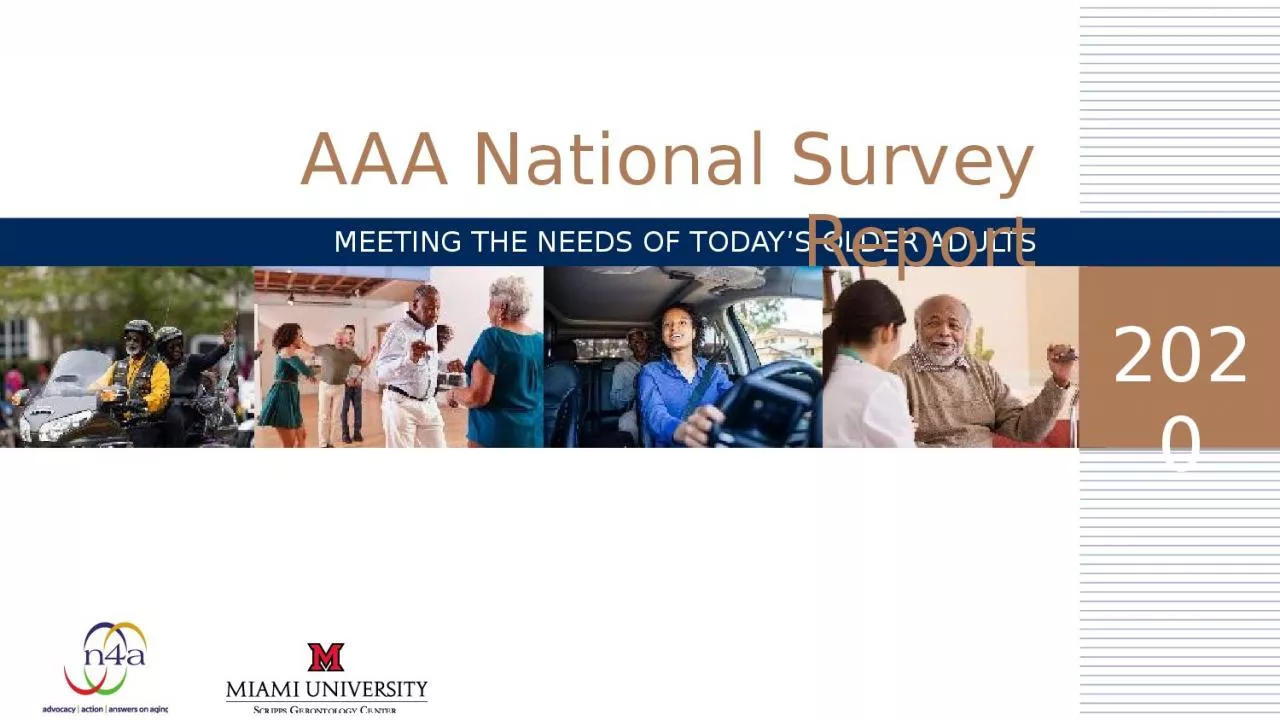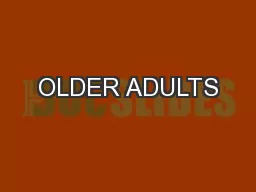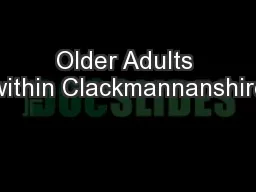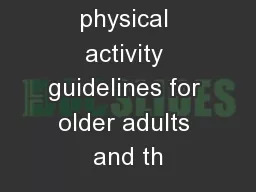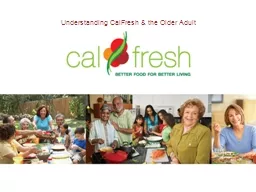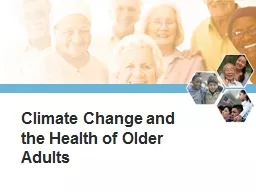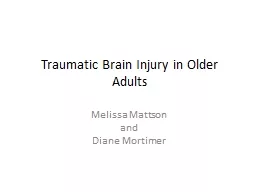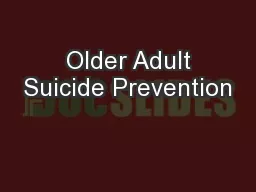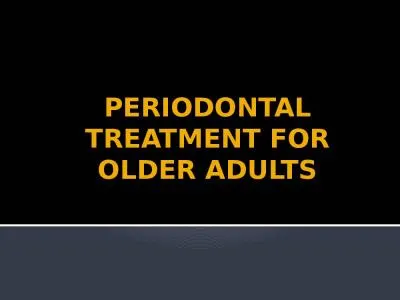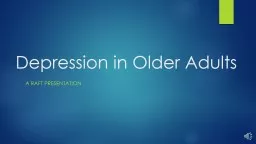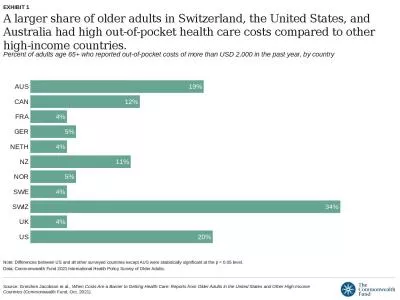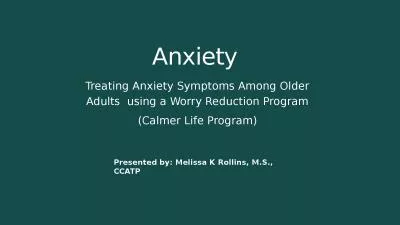PPT-MEETING THE NEEDS OF TODAY’S OLDER ADULTS
Author : TootsieWootsie | Published Date : 2022-08-04
2020 AAA National Survey Report Conducted every three years since 2008 with funding through US Administration on Aging Snapshot of the evolving AAA role in the planning
Presentation Embed Code
Download Presentation
Download Presentation The PPT/PDF document "MEETING THE NEEDS OF TODAY’S OLDER ADU..." is the property of its rightful owner. Permission is granted to download and print the materials on this website for personal, non-commercial use only, and to display it on your personal computer provided you do not modify the materials and that you retain all copyright notices contained in the materials. By downloading content from our website, you accept the terms of this agreement.
MEETING THE NEEDS OF TODAY’S OLDER ADULTS: Transcript
Download Rules Of Document
"MEETING THE NEEDS OF TODAY’S OLDER ADULTS"The content belongs to its owner. You may download and print it for personal use, without modification, and keep all copyright notices. By downloading, you agree to these terms.
Related Documents

